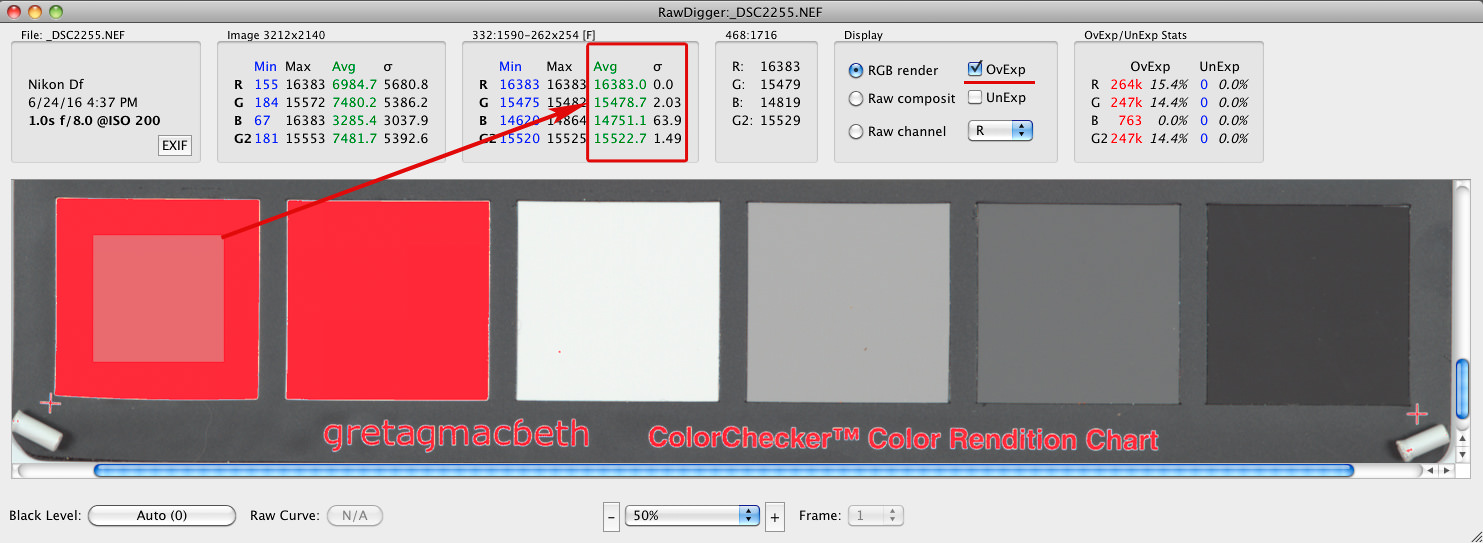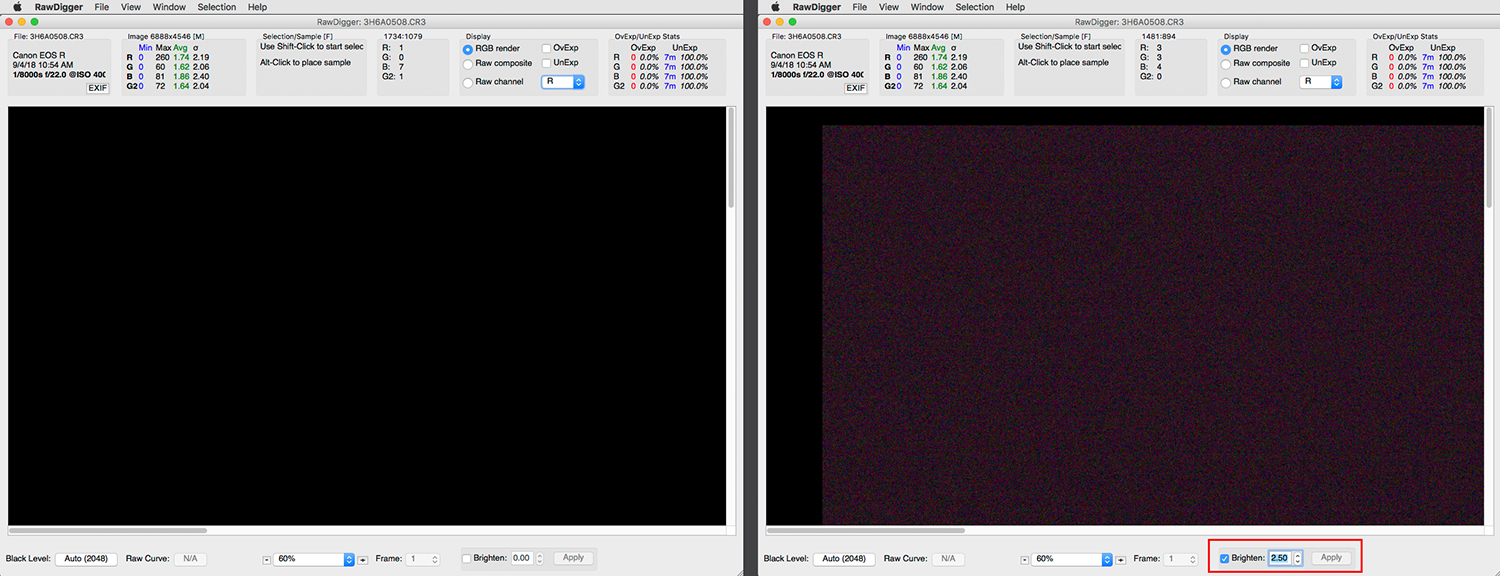Agilent Technologies now offers an integrated imaging and normalization system which combines cellular analysis and imaging for an intuitive workflow to streamline your XF data interpretation. This imaging and normalization solution has been developed in partnership with BioTek Instruments, combining Agilent's strength in cellular metabolic analysis with BioTek's capability in cell imaging.
Watch this video to see how this solution improves XF data interpretation.
RawDigger 1.2.0 – Raw Image Analyzer. https://trueifiles841.weebly.com/blog/free-scatter-slots. August 26, 2015 RawDigger is an OS X application designed to make it simple to view, study and analyze RAW image files. Double click on RawDigger-1.x.x.dmg to mount the RawDigger disk image you've downloaded. The content of the disk image will appear like this: Drag RawDigger icon onto the Applications icon. The program will be copied to Applications folder and ready to run. Disk expert 2 9 1986. Other items contained in the disk image are:. Fafa slot machine. RawDigger Manual (RawDigger-manual.pdf).
Normalizing your XF data to account for cell number or sample variation makes it easier to compare data across wells, plates, and experiments enabling you to draw meaningful conclusions with confidence.
Before normalizing, metabolic phenotypes are scattered throughout the phenogram. After normalizing, metabolic phenotypes cluster around a common basal level and a similar metabolic phenotype. Cells were seeded at 1×104, 1.5×104, 2×104, 2.5×104, and 3×104 cells per well. The XF Cell Energy Phenotype Test was performed by injecting oligomycin + FCCP (1.0 μM and 0.5 μM final, respectively) and including 20 μM Hoechst 33342 (2.0 μM final).
A Turnkey Solution That Integrates Cell Count Normalization Into Wave Software
The Agilent Seahorse XF Imaging and Cell Counting software automates and simplifies image acquisition for accurate cell counting. A unified controller, controlling both BioTek and Seahorse instruments, acquires brightfield (before and after XF assay) and fluorescence (after XF assay) images, to calculate cell counts. It then seamlessly transfers the images and counts into Wave software.
Powerful Software Tools That Improve XF Data Integrity and Documentation
Rawdigger 1 2 0 – Raw Image Analyzer Tool
Embedded brightfield images in Wave provide visual feedback and quality control of cell seeding conditions for improving live cell assay reproducibility and XF data quality. An alert in Wave announces the availability of cell counts and images. The heatmap display of cell counts enables you to easily evaluate cell seeding consistency.
New Wave Tools for Improved Confidence in XF Data
New XF Imaging and Cell Counting Software Optimizes Workflow
|
Cell Proliferation Rates Affect XF Data Interpretation
This figure shows an example of XF data normalization performed by
in situ nuclear staining and in situ cell counting using the imaging and normalization system. The impact that varying cell numbers in each well has on XF data is resolved.
SKOV3 cells were plated at 1×104, 2×104, and 3×104 cells per well, cultured 24 h, and subjected to the XF Cell Energy Phenotype Test followed by image analysis. A) Raw OCR and ECAR change with injection (arrows) of oligomycin + FCCP (1.0 μM and 0.5 μM final, respectively), including 20 μM Hoechst 33342 (2 μM final). B) Representative images of nuclei fluorescently labeled by Hoechst 33342 (upper panel) and nuclei identified and outlined using the Seahorse XF Imaging and Cell Counting Software with the Cytation 1 (lower panel). C) OCR and ECAR normalized by in situ nuclear staining cell counts (Mean ± SD, n=4).

in situ nuclear staining and in situ cell counting using the imaging and normalization system. The impact that varying cell numbers in each well has on XF data is resolved.
SKOV3 cells were plated at 1×104, 2×104, and 3×104 cells per well, cultured 24 h, and subjected to the XF Cell Energy Phenotype Test followed by image analysis. A) Raw OCR and ECAR change with injection (arrows) of oligomycin + FCCP (1.0 μM and 0.5 μM final, respectively), including 20 μM Hoechst 33342 (2 μM final). B) Representative images of nuclei fluorescently labeled by Hoechst 33342 (upper panel) and nuclei identified and outlined using the Seahorse XF Imaging and Cell Counting Software with the Cytation 1 (lower panel). C) OCR and ECAR normalized by in situ nuclear staining cell counts (Mean ± SD, n=4).
The completely integrated system requires the following components:
Cytation 1/5 Imaging Cytometer (ordered through BioTek Instruments, separately)
The Seahorse XF Imaging and Normalization System is available in select regions on April 1, 2018.
Email: cellanalysis.support@agilent.com
USA and Canada
1-800-227-9770; select option 3 then 8
1-800-227-9770; select option 3 then 8
Europe
UK: 0800 096 7632
Germany: 0800 180 66 78
Netherlands: 0800 022 7243
Other EU: +45 3136 9878
UK: 0800 096 7632
Germany: 0800 180 66 78
Netherlands: 0800 022 7243
Other EU: +45 3136 9878
Rawdigger 1 2 0 – Raw Image Analyzer Software
Learn more about the XF Imaging and Normalization System Components.
Get in touch with an Agilent Cell Analysis representative representative to schedule a demonstration and see how Agilent Seahorse XF Analyzers can solve your research needs.
Don't wait to accelerate your research, learn more about XF Technology today!
For Research Use Only. Not for use in diagnostic procedures.
